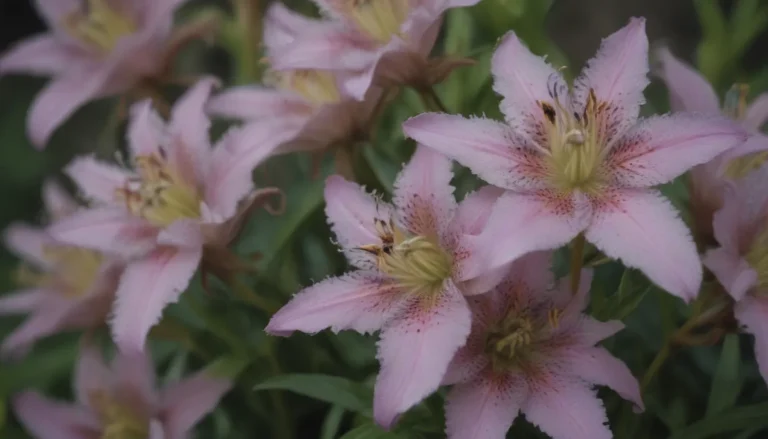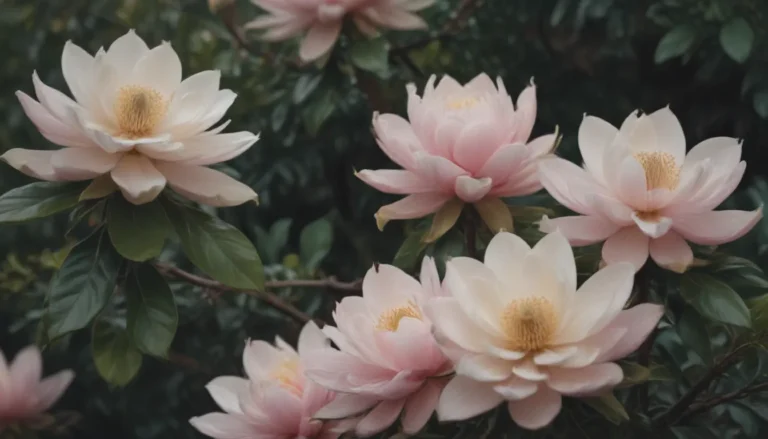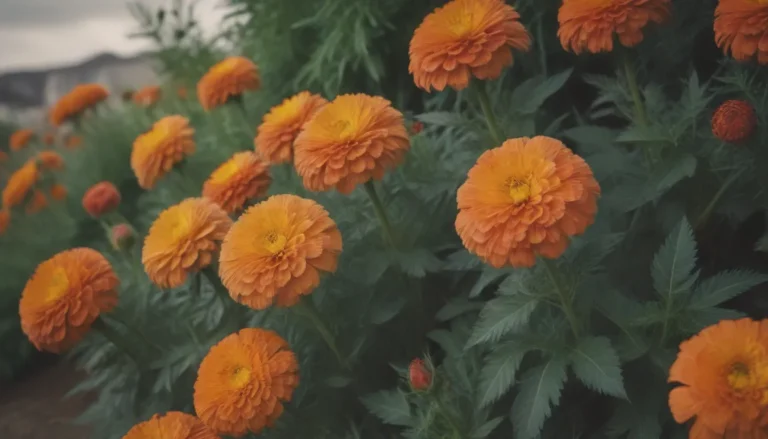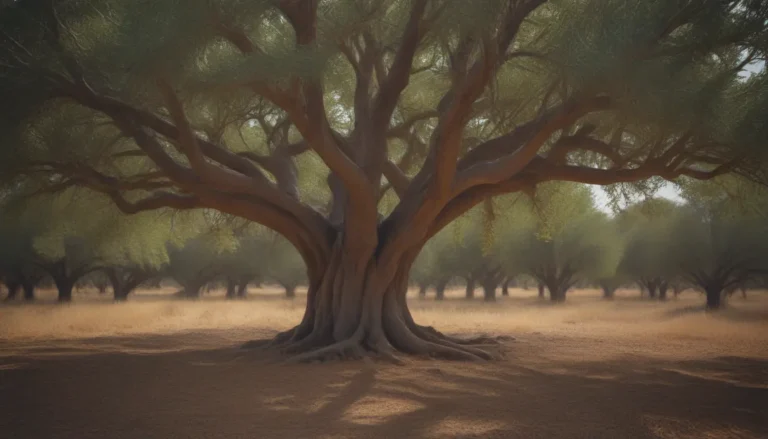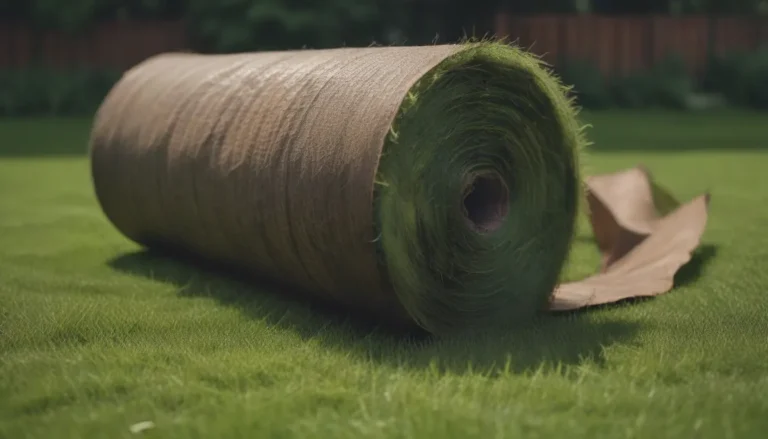Exploring the World of Ground Cover Plants
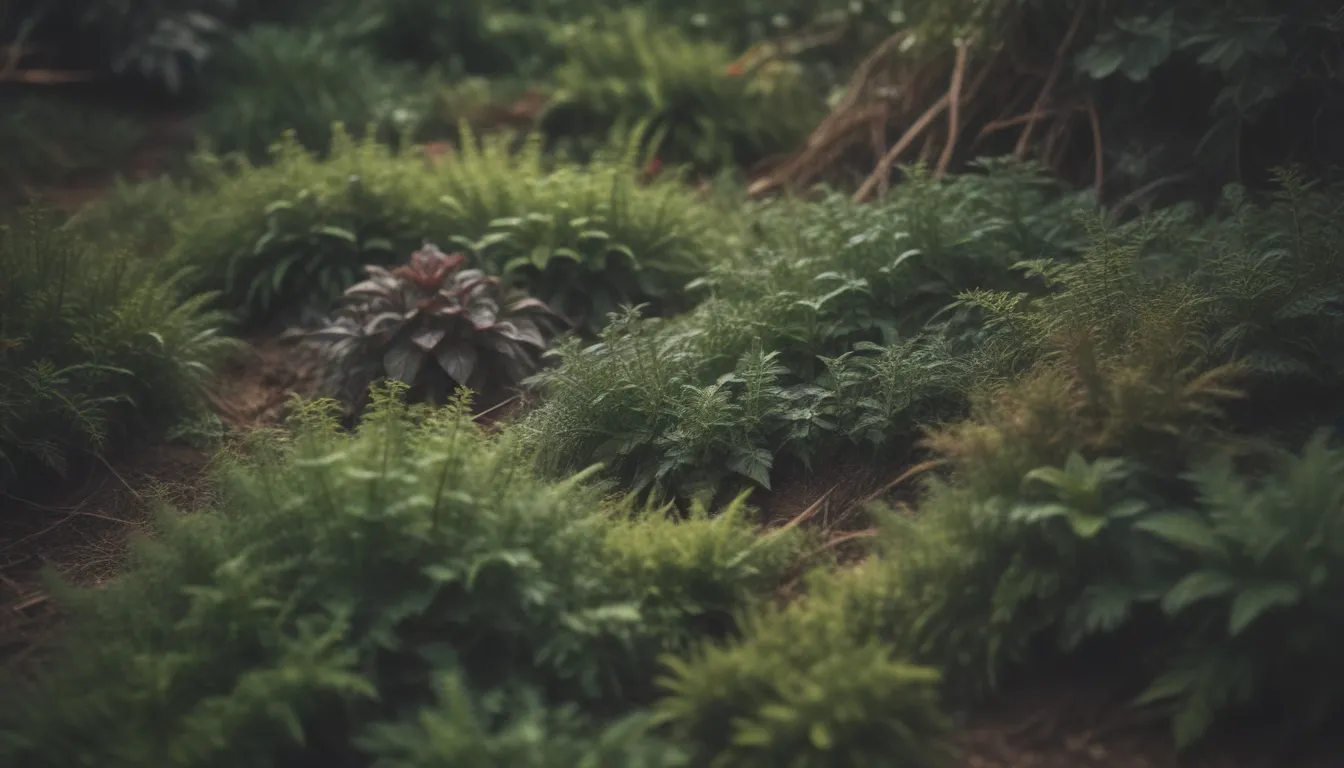
Are you looking to add a touch of beauty and practicality to your landscape? Then ground cover plants might be just what you need. These low-lying, spreading plants not only enhance the aesthetic appeal of your outdoor space but also require minimal maintenance. Let’s dive deeper into the world of ground cover plants to discover their uses, benefits, and types.
Understanding Ground Cover Plants
In landscaping, ground covers are a versatile group of plants that are specifically chosen for their ability to cover sections of ground effectively. They can range from low-growing ornamental perennials to creeping shrubs, ornamental grasses, and self-seeding annuals. The primary purpose of ground covers is to add color, texture, and visual interest to a landscape while reducing the need for extensive maintenance.
Benefits of Using Ground Cover Plants
Ground cover plants offer a range of benefits that make them a popular choice for homeowners and landscapers alike. Here are some key advantages of incorporating ground covers into your landscape:
- Aesthetic Appeal: Ground covers add visual interest and diversity to your outdoor space, introducing new colors and textures that can enhance the overall look of your landscape.
- Low Maintenance: These plants require minimal upkeep, making them a practical choice for busy homeowners or areas that are difficult to access for regular maintenance.
- Erosion Control: Ground covers are excellent for stabilizing soil on slopes and preventing erosion, making them a practical solution for challenging terrain.
- Weed Suppression: By forming a dense carpet of foliage, ground covers can help suppress weeds and reduce the need for manual weeding or chemical treatments.
- Cost Savings: While the initial cost of establishing ground covers may be higher than sowing grass seed, they can save money in the long run by reducing the need for watering, fertilizing, and mowing.
Selecting the Right Ground Cover Plant
When choosing a ground cover plant for your landscape, it’s essential to consider the growing conditions of the area and the specific needs of the plant. Some ground covers may thrive in full sun, while others prefer shade or moist soil. Additionally, be mindful of selecting non-invasive species to prevent them from overtaking other plants in your garden.
Some common ground cover plants that are popular choices for landscaping include:
- Ajuga
- Pachysandra
- Creeping thyme
- Creeping mint species
Ground Cover vs. Cover Crop
It’s important to note the distinction between ground covers and cover crops, as these are two different groups of plants with distinct purposes. While ground covers are ornamental perennials used to cover ground areas for aesthetic reasons, cover crops are annual plants typically used as living mulch in vegetable gardens or commercial food production. Cover crops are planted for a season and then tilled under to enrich the soil, while ground covers are intended to provide long-term coverage for landscaping purposes.
Creative Uses for Ground Cover Plants
Ground cover plants can be utilized in various ways to enhance your landscape and solve common gardening challenges. Here are some creative uses for ground cover plants:
- Covering Slopes: Planting ground cover on slopes where mowing is difficult with grass can help stabilize the soil and prevent erosion.
- Shading Areas: Ground covers are perfect for shady spots where traditional turf grasses struggle to thrive, providing an attractive alternative for these challenging areas.
- Thriving in Dry Conditions: For hot, dry areas where grasses may struggle, drought-tolerant ground covers can thrive and add beauty to the landscape.
- High-Traffic Areas: Ground covers are an excellent choice for areas that experience heavy foot traffic and may not withstand traditional grass planting.
- Weed Control: By forming a dense mat of foliage, ground cover plants can effectively choke out weeds and reduce the need for manual weeding.
Fun Fact:
A ground cover of creeping thyme or creeping mint species can not only enhance the visual appeal of your landscape but also introduce delightful smells into your outdoor space while attracting bees and other pollinators.
In conclusion, ground cover plants are a versatile and practical landscaping solution that can transform your outdoor space with minimal effort. By selecting the right plants for your specific growing conditions and incorporating them creatively into your landscape design, you can enjoy the benefits of ground covers for years to come. So why not explore the world of ground cover plants and discover the endless possibilities they offer for your garden?
